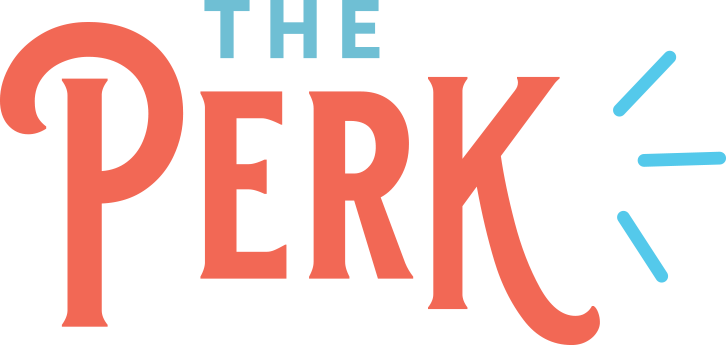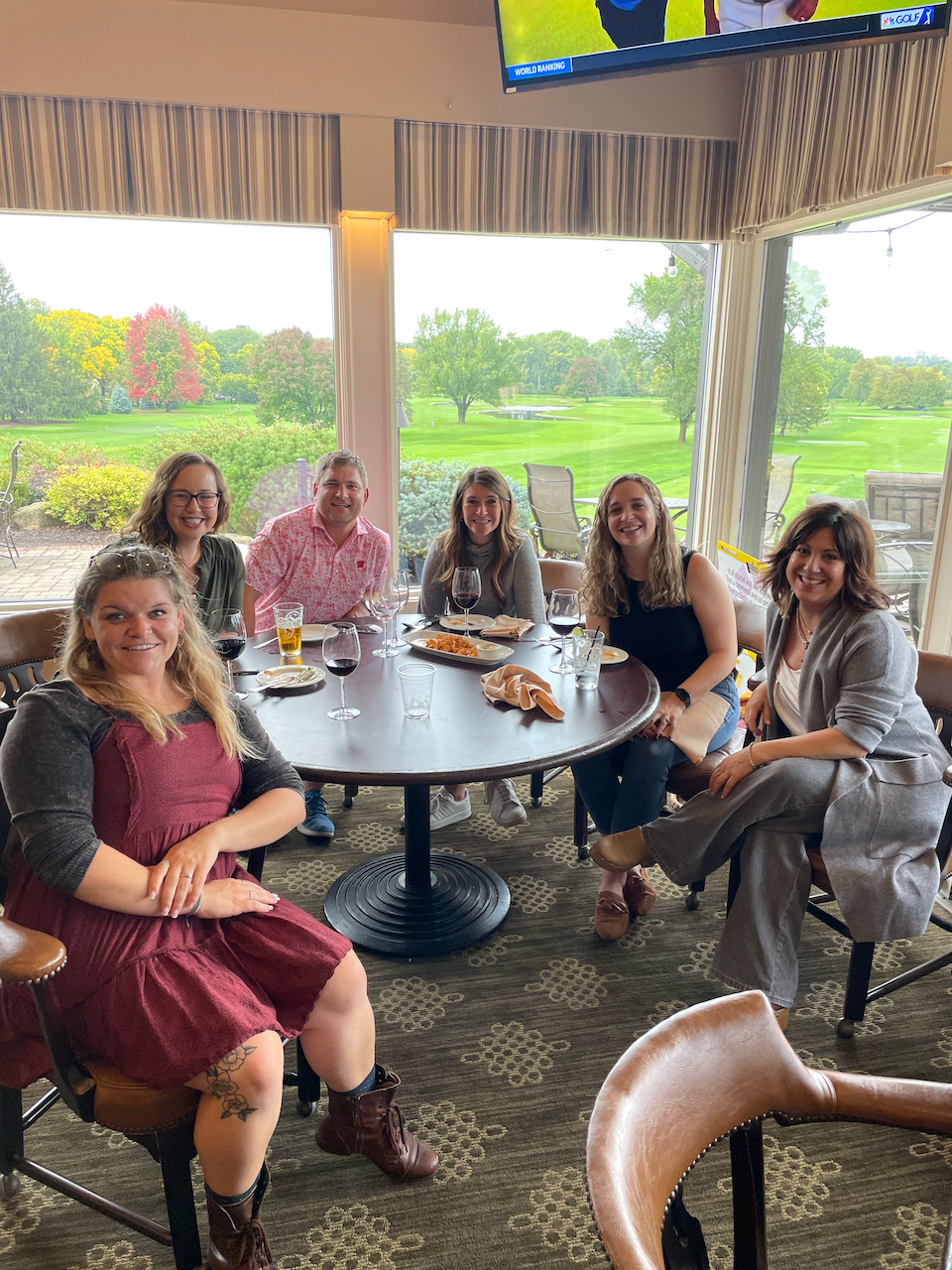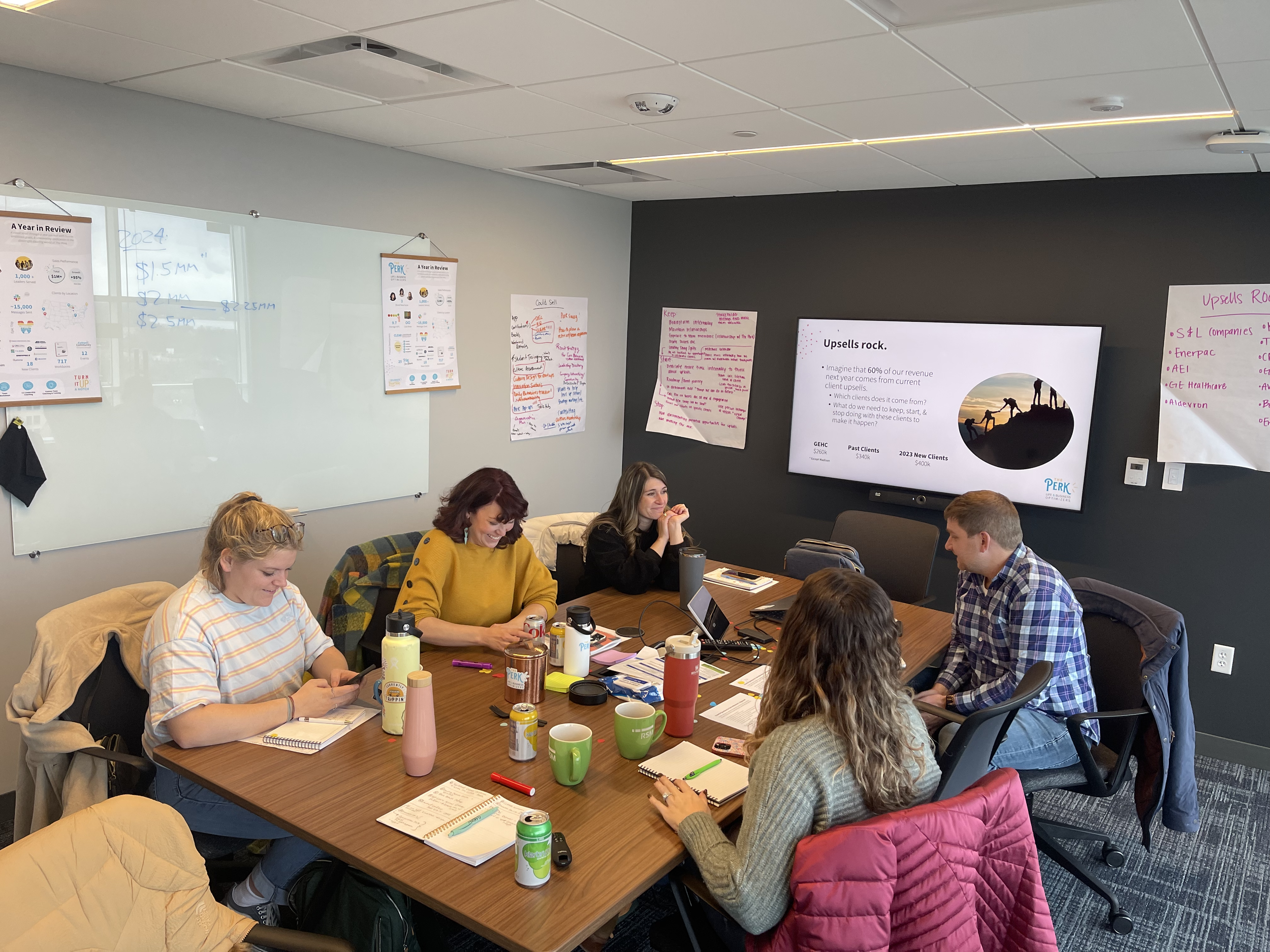Cultivating Strong Culture in a Hybrid Environment
Most of us remember exactly where we were in 2020 when the COVID-19 pandemic resulted in city, state, & nationwide quarantine protocols. In an instant, organizations were forced to reinvent how they did business without being able to bring their employees within six feet of each other. Thus, the immediate, widespread need for remote first or hybrid environments began, even in organizations that had never planned to incorporate that strategy into their business model.
Now, years later, organizations are still looking to engage their remote-first & hybrid employees & cultivate a vibrant organizational culture, but it hasn’t always been effortless or successful. Workplace loneliness & stress have been on the rise, & according to the Journal of Organizational Effectiveness: People and Culture, these factors cost U.S. employers a staggering $154 billion annually. The solution? Creating a strong corporate culture.
The Stanford Social Innovation Review defines community as “...both a feeling and a set of relationships among people. People form and maintain communities to meet common needs.” This interconnectedness of community & culture forms the bedrock upon which companies can foster a thriving environment conducive to achieving their mission & objectives.
To navigate the complexities of a hybrid work setup, it's important that companies assess their remote or hybrid model against their company’s purpose, mission, & vision. Among the things to consider are how to align work methodologies with organizational goals, ensure inclusivity across diverse groups, & craft an enriching experience for teams operating from varied locations. Ask yourselves:
What are the reasons we choose to work in this way? How does this align with our company’s purpose, mission, & vision?
How do we want our in-person colleagues to feel?
How do we want our remote employees to feel?
How does this environment affect diverse groups? (e.g. parents & non-parents, varying communication & work styles (DISC), different job roles, functions & teams).
What is the experience we need when teams are working from across locations (individual offices, conference rooms/coworking spaces, home offices)?
Once you’ve identified how you want your remote or hybrid environment to work for you, use the 5 tips below to build a strong culture, even when your team isn’t all in the same place.
Tip #1: Craft & Adopt a Communication Charter
Effective communication is the lifeblood of any strong culture, especially in a hybrid setting. Create a companywide Communication Charter to set clear expectations about how & when your team should communicate, what technologies they should use, response & turnaround times, & how that method of communicating helps the team collaborate efficiently & effectively. Be thoughtful about rolling out the charter so that teams adopt & abide by those expectations, & ensure that the charter considers both remote & in-office teams & situations. This is a foundational step to helping teams feel connected & informed.
Tip #2: Build Togetherness through Rituals
It is possible to create a sense of togetherness in a dispersed workforce, but it takes more than the organic “congregate by the water cooler” behavior that used to happen when teams worked together in offices full-time. Putting intentionality into creating team rituals helps teams bond, get to know each other, build trust, & find meaning & engagement in their work. You can get creative with it, too! Use anything from regular virtual coffee breaks to celebrating special work or personal milestones, mid-day dance parties & at-the-desk yoga stretches. For more inspiration, we love the book “Rituals for Virtual Meetings” as a way to try out fresh, fun, ways to learn more about each other.
Tip #3: Maximize the Value of In-Office Time
The hybrid model offers a unique opportunity to rethink the purpose & design of physical office spaces, as well as what is on the agenda for days when people are together. Priya Parker, the acclaimed facilitator & author of “The Art of Gathering,” highlighted that “when we don’t examine the deeper assumptions behind why we gather, we end up skipping quickly to replicating old, staid formats of gathering. And we forgo the possibility of creating something memorable, even transformative.”
In-office time should be intentionally planned to enhance collaboration, creativity, & connection. Consider the layout & availability of meeting spaces, private areas, & amenities that support the intended employee experience. Leverage peak times for in-person gatherings like all-staff meetings or individual 1:1s in a way that contributes to building trust, recognizing achievements, & reinforcing organizational values.
Tip #4: Co-Create a Dynamic Culture
Culture is not static; it evolves with every interaction. And it’s based on the daily behaviors of everyone on the team. Whether team members are in the same room or connecting digitally, every touchpoint is an opportunity to nurture your company’s culture. Invite your team into the creation of their shared culture by communicating the vision & being clear about what success looks like. Ask them to weigh in on what things feel like friction in the day-to-day & foster conversation about how the actions & behaviors of teams align with the company’s values. At The Perk, we practice this by codifying & living our Core Behaviors in a way that takes our idealized values beyond a sign on the wall & instead makes them real, action-oriented habits & expectations.
Tip #5: Highlight Career & Professional Development Opportunities
Research shows that managers’ interactions with direct reports are among the most powerful influencers of employee well-being and sense of community, & that more than 53% of employees would like to be talking about career growth more frequently. And 79% of employees desire organizational mentorship or coaching opportunities. These opportunities are typically harder to come by for employees that work in remote or hybrid situations.
By offering clear pathways for career advancement & professional development, you signal your commitment to their success & well-being, as well as make those opportunities more accessible to remote employees. These types of opportunities can include anything from formal mentorship programs, skill-building workshops, lunch & learns, or even regular feedback sessions, which are essential for fostering engagement & loyalty.
You don’t have to do it alone! If you are looking for a partner to build culture for your remote or hybrid team, check out our wide range of engaging, fun, meaningful team workshops!
Pssst...I LOVE connecting with & growing my community! Feel free to connect with me on LinkedIn - see you there! 🤗







